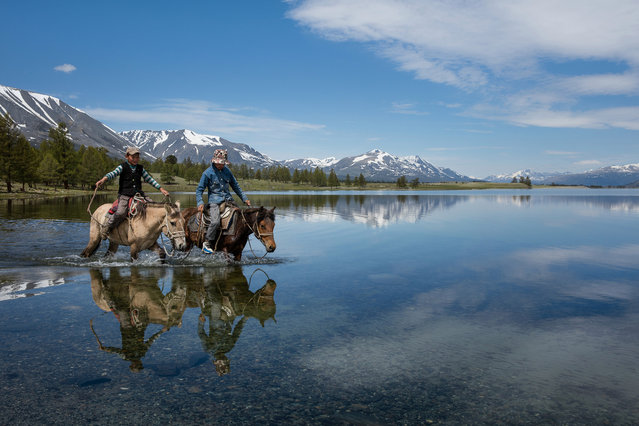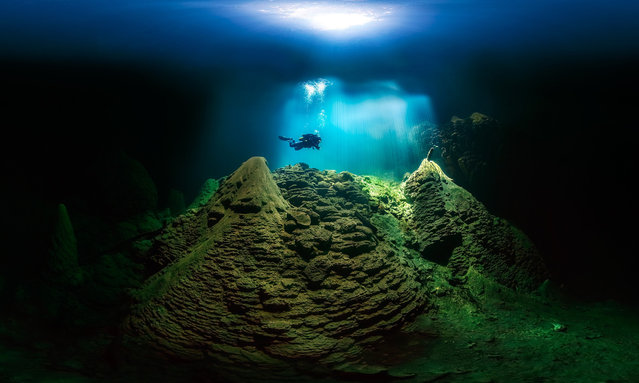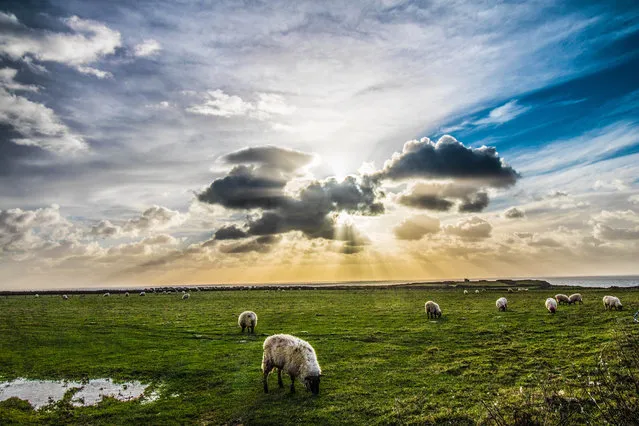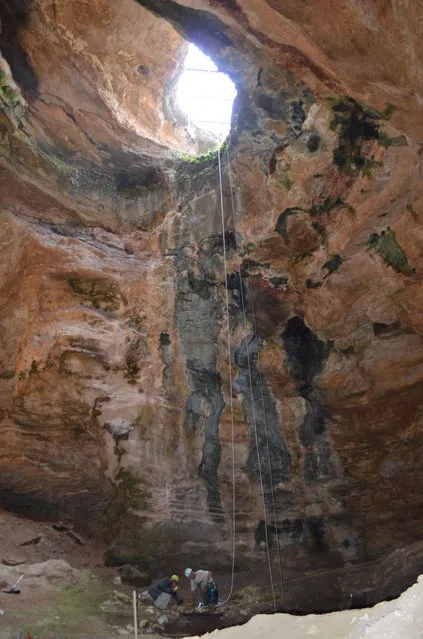
If you are a big Batman fan with some extra frequent flier miles and cash to burn, you might want to consider staying in this amazing Batman themed hotel room! The bat cave themed hotel room goes for $50 per 3 hour stay. For that price, you not only get to stay in the coolest hotel room of all time, but you get lubrication, s*xy lingerie and other perks. Other than the price, the other downside is that you have to fly to Kaohsiung City in Taiwan to stay there. If I am ever in that part of the world, I will definitely be staying in that room, even if I am not a huge Batman fan.
21 May 2014 13:56:00,post received
0 comments







